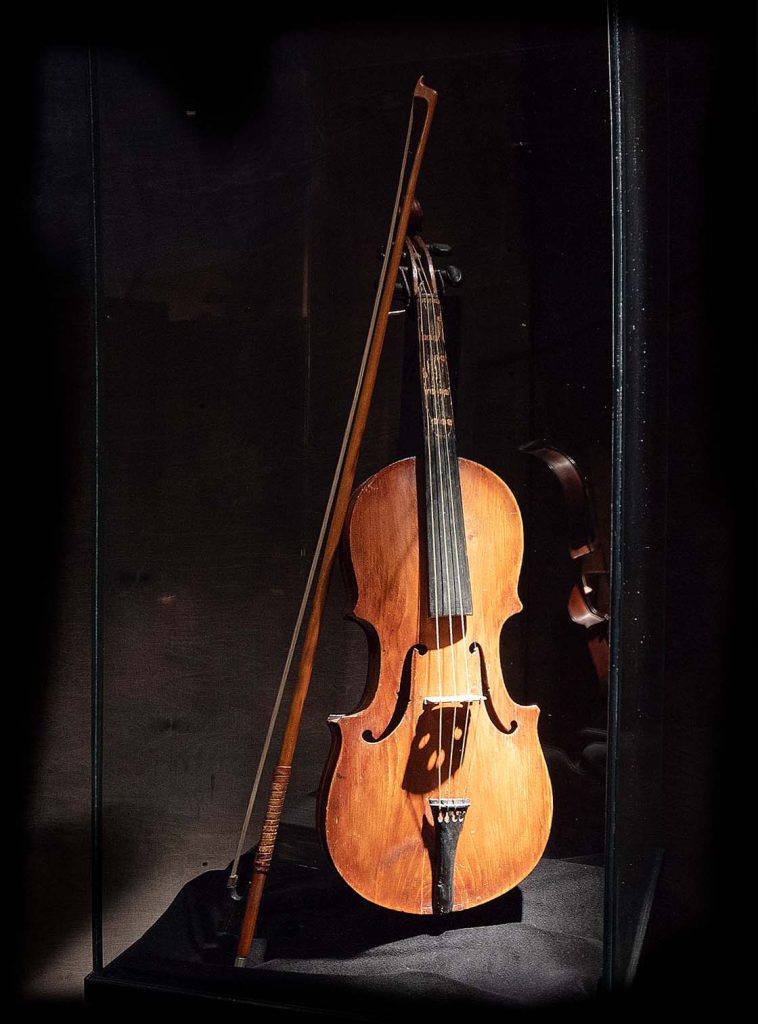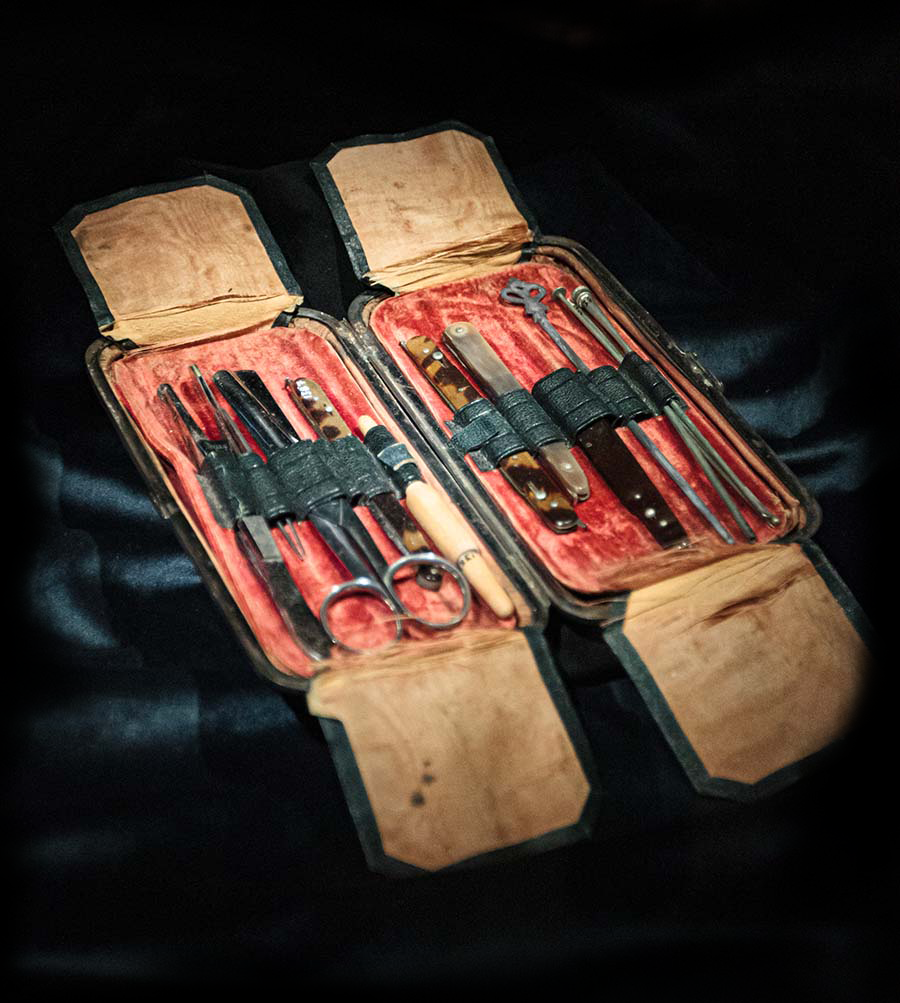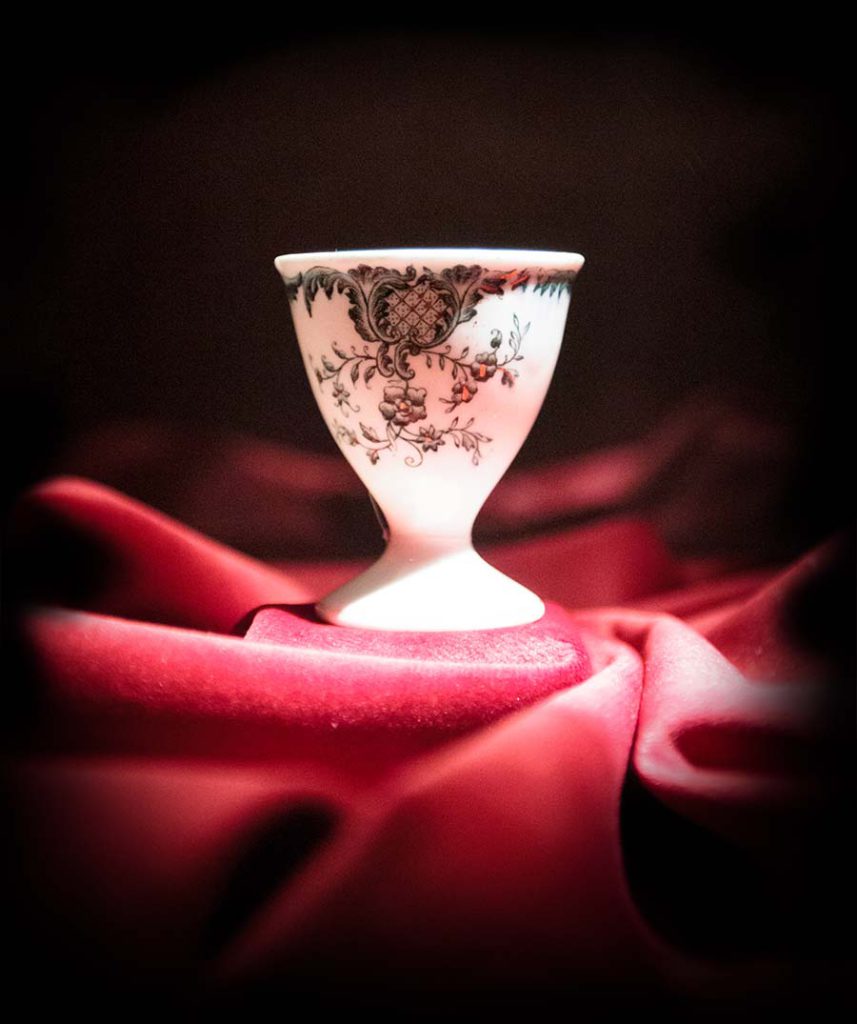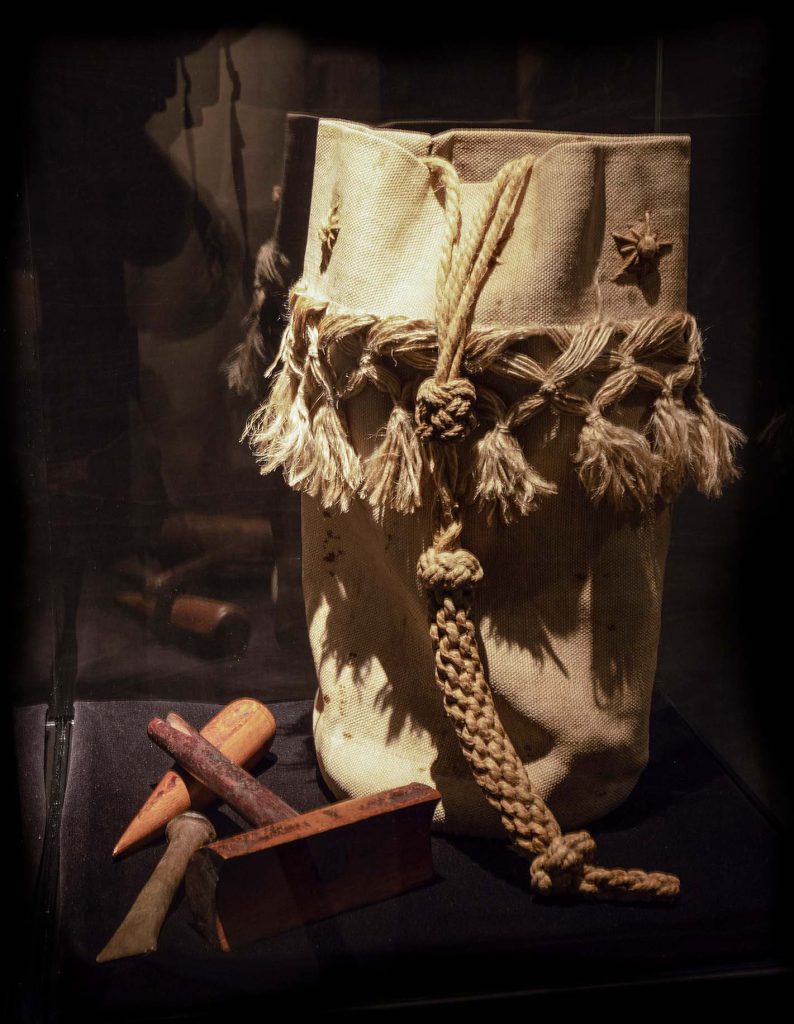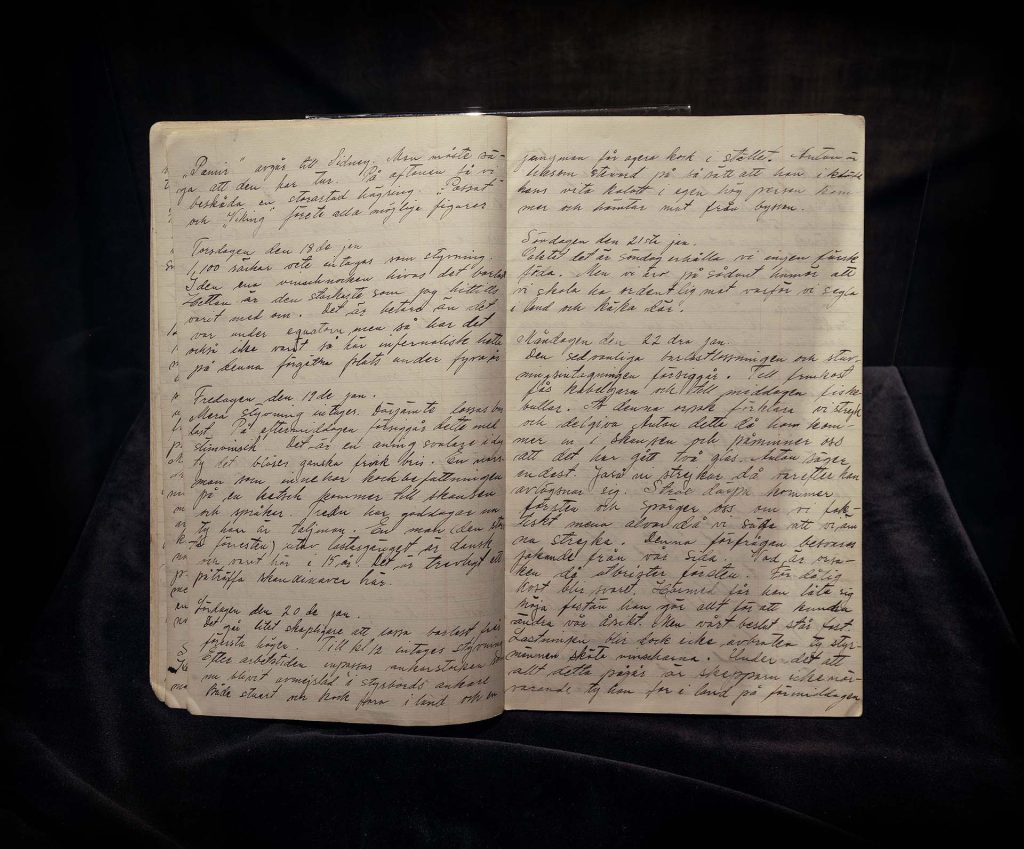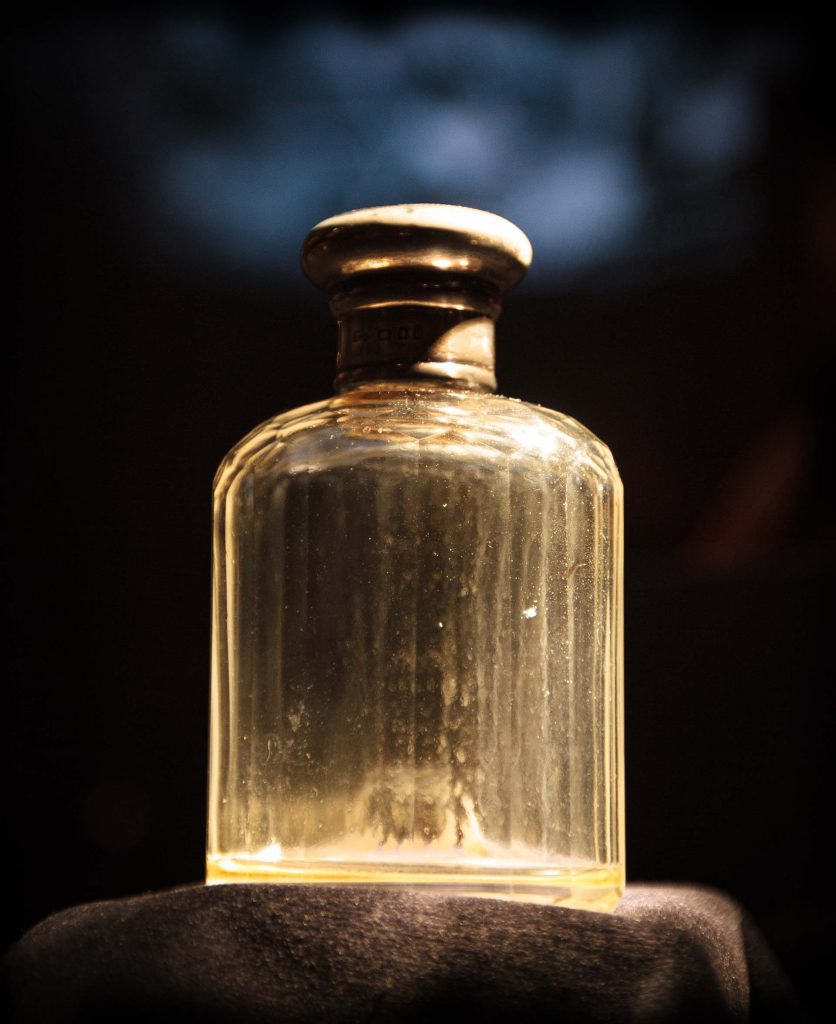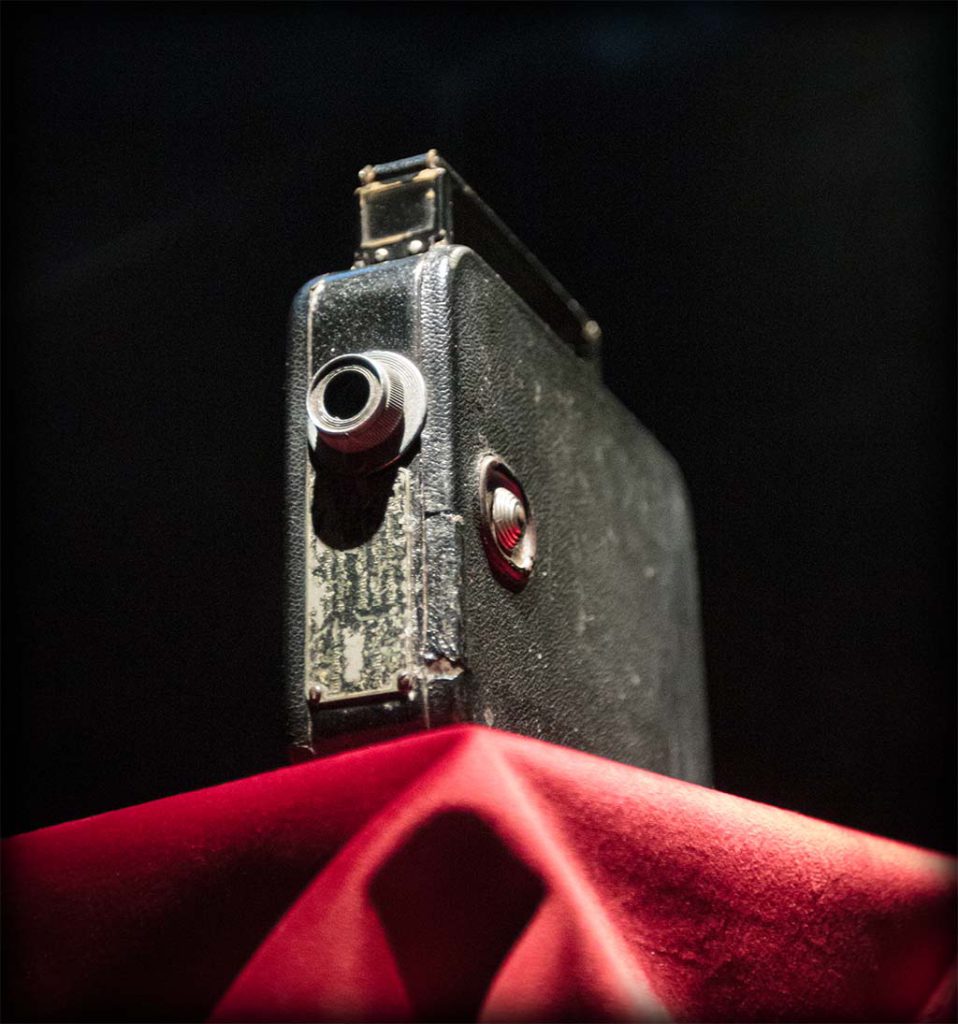A beauty with a dark past
The mine hits ss Skiftet in the fore. The explosion tears up large sections of the ships hull. Cabins are destroyed, half the dining room is blown up and the mast and steam winch on the forecastle are torn away. A second explosion creates a massive cloud of smoke that engulfs the ship. When the cloud disperses, the steamer, has disappeared into the depths of the Rödhamnsfjärden, including most of those on board.
Nearly 50 years later, among other things, a small egg cup with hand-painted decoration is salvaged from the wreck. Virtually intact, despite its fragile exterior and dramatic fate.
Breakfast for lost souls
With its delicate beauty the salvaged egg cup bears witness to ss Skiftet’s intended purpose. In October of 1908, the ice-breaking passenger steamer was ready to carry the affluent guests who came from Sweden, Finland and Russia to the spa resort Mariehamn in the early 20th century. The ship had first class cabins for 42 passengers, separate saloons for male and female third-class passengers and a dining room.
The outbreak of war in 1914 meant an abrupt end to the flourishing spa town era. Skiftet was commandeered and deployed by the Russian navy. In December 1916 the German navy had transformed the northern Baltic Sea into a mine field. Using mine submarines, they were able to lay mines undetected in the challenging waters around Åland.
At 08:30 in the morning of 14th December 1916, ss Skiftet departs, slightly delayed. Apart from military personnel there are a handful of civilian passengers from Åland, Finland and Russia. Of the 91 people on board, only five will survive. Soon after departure, on Rödhamnsfjärden, Skiftet sails into a mine belt. Eyewitness accounts report how the steamer in a matter of minutes explodes and sinks.
To this day, Skiftet rests on the seabed beneath the modern ferries that daily traffics the same sea route. The small egg cup salvaged from the wreck only has a tiny chip on the upper edge

